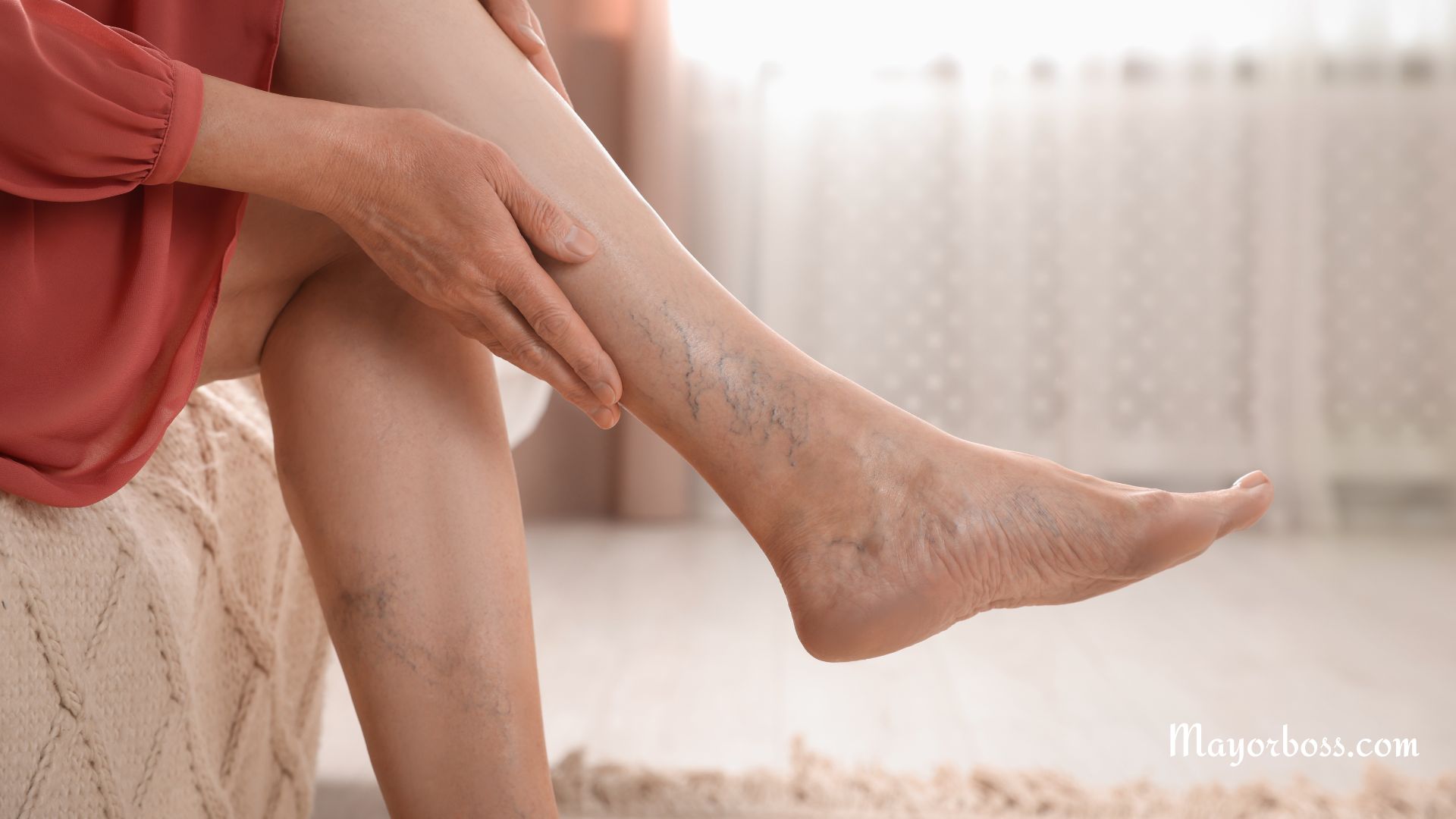Combat Varicose Veins: Expert Tips for Reducing Bulging Veins
Varicose veins are those not-so-delightful, bulging reminders that our bodies are far from flawless. You might have noticed them sneakily appearing on your legs, making you think twice about donning that new pair of shorts. But don’t worry, you’re not alone in this. Millions around the globe share this common, albeit annoying, condition. So, let me share some expert tips to keep bulging veins at bay.
First things first, what exactly are varicose veins? They’re essentially veins that have become enlarged and twisted, most commonly appearing on the legs. While they might seem like a cosmetic issue at first glance, they can sometimes signal deeper circulatory problems. So, it’s not just about looks; it’s about your health too.

Lifestyle Changes For Varicose Veins
Taking regular exercise
Exercise is helpful here. Regular physical activity, especially walking or cycling, can significantly improve blood circulation in your legs, reducing the pressure on your veins. Think of it as giving your veins a helping hand.
Put Your Legs Up
Simple yet effective. Elevating your legs above your heart level for a few minutes each day can work wonders. This position helps gravity do its job, encouraging blood flow back to your heart.
Lose Weight if You are Overweight or Obese
Carrying extra weight? It might be adding unnecessary pressure on your veins. Shedding those extra pounds can relieve some of this pressure, reducing the risk and severity of varicose veins.
Drink Water
Water can help combat varicose veins. Make sure you have enough to drink! Staying hydrated helps keep your blood less thick and more fluid, easing its journey through those veins.
Fiber-Filled Foods
A fiber-rich diet can prevent constipation, which in turn prevents the added pressure on your veins that can exacerbate varicose veins.
Cut Down on Salt
Reducing salt intake can minimize water retention, another factor that contributes to varicose veins.
Medical Interventions: When Lifestyle Changes Aren’t Enough
Compression Stockings
These aren’t your regular stockings. Compression stockings apply gentle pressure to your legs, helping veins move blood more efficiently.
Sclerotherapy
This procedure involves injecting a solution directly into the vein, causing it to scar and blood to reroute through healthier veins.
Laser Treatments
Advancements in laser technology offer a non-invasive way to treat varicose veins. The laser’s heat damages the vein, forming scar tissue that closes the vein.
Surgery
In more severe cases, surgery might be the way to go. Techniques vary, but the goal is usually to remove or tie off the affected veins.
Natural Remedies For Varicose Veins
Horse Chestnut Extract
This herbal remedy is known for its vein-strengthening properties and is often recommended for reducing varicose vein symptoms.
Grape Seed Extract
Rich in antioxidants, grape seed extract can improve blood circulation and vein health.
Witch Hazel
A natural astringent, witch hazel can be applied topically to reduce swelling and pain associated with varicose veins.
Wrapping Up: A Holistic Approach
Tackling varicose veins isn’t just a one-step process. It’s a holistic journey. Combining lifestyle changes, dietary adjustments, medical interventions, and natural remedies can provide a comprehensive approach to managing and reducing the appearance and discomfort of varicose veins. In short, if your varicose veins are still causing you pain, consult your doctor for an accurate, personalized treatment plan.
